Before we knew it, online meetings became the norm in many workplaces.
According to a poll conducted by Reclaim, professionals spend more than half of their 40-hour workday in meetings. This equates to an average of 21.5 hours per week!
Since the pandemic, businesses have had to learn to organize more productive virtual meetings and find ways to avoid burnout while working from home. Online meetings are crucial in facilitating communication and collaboration across geographically dispersed teams.
So if you want your online meetings to be more productive, using the right virtual meeting tools will help streamline the process. I've compiled the best tools to check out if you want to ensure your teams facilitate communication, increase productivity, and reduce complexity. (Related: The Best Team Productivity Tools to Boost Team Efficiency)
What are the Best Virtual Meeting Tools in 2022?
Thanks to advancements in video conferencing technology, remote workers can now collaborate in real time. Here are different virtual meeting tools you and your remote team can now try out:
1. Zoom

On top of my list of the best virtual meeting tools is Zoom, the ever-popular video conferencing platform. High-definition video/audio and instant messaging are among its distinct capabilities!
Zoom's free plan allows for online gatherings with up to 100 participants, but only for 40 minutes. Meanwhile, Zoom's Pro Plan is $14.99 per month for each host. Chances are, you've used Zoom at one point in the past few months. (Trust me, I know).
Even if your meeting guests do not have a Zoom account, you can still invite them to join using a shared meeting URL. Team members can quickly and easily join a shared virtual space once they click the URL. Ultimately, it is excellent for holding meetings, games, and activities with remote teams. It also has an intuitive interface and unique features, such as its breakout rooms.
Key features:
2. Calendly
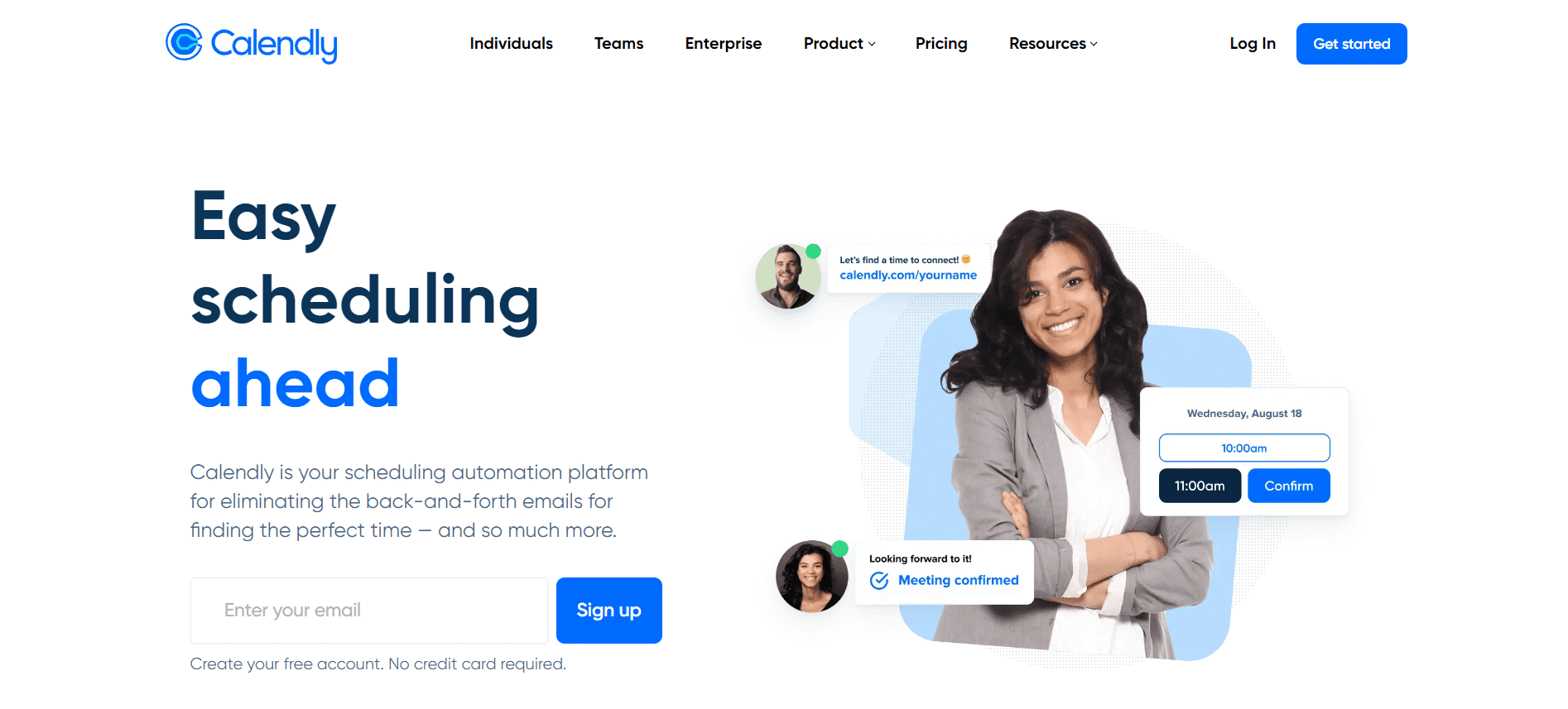
One thing you need to know about Calendly is that it is a great scheduling platform that helps you and your team find time effortlessly. It has a user-friendly interface and functionalities, making it a popular choice for scheduling meetings. Additionally, Calendly integrates with your calendar to help you avoid double-booking meetings and appointments. (Saves you from all that trouble with clients, no?)
Overall, I love how Calendly's integrations simplify video conferencing, analytics tools, payment processing, and customer relationship management.
3. Loom
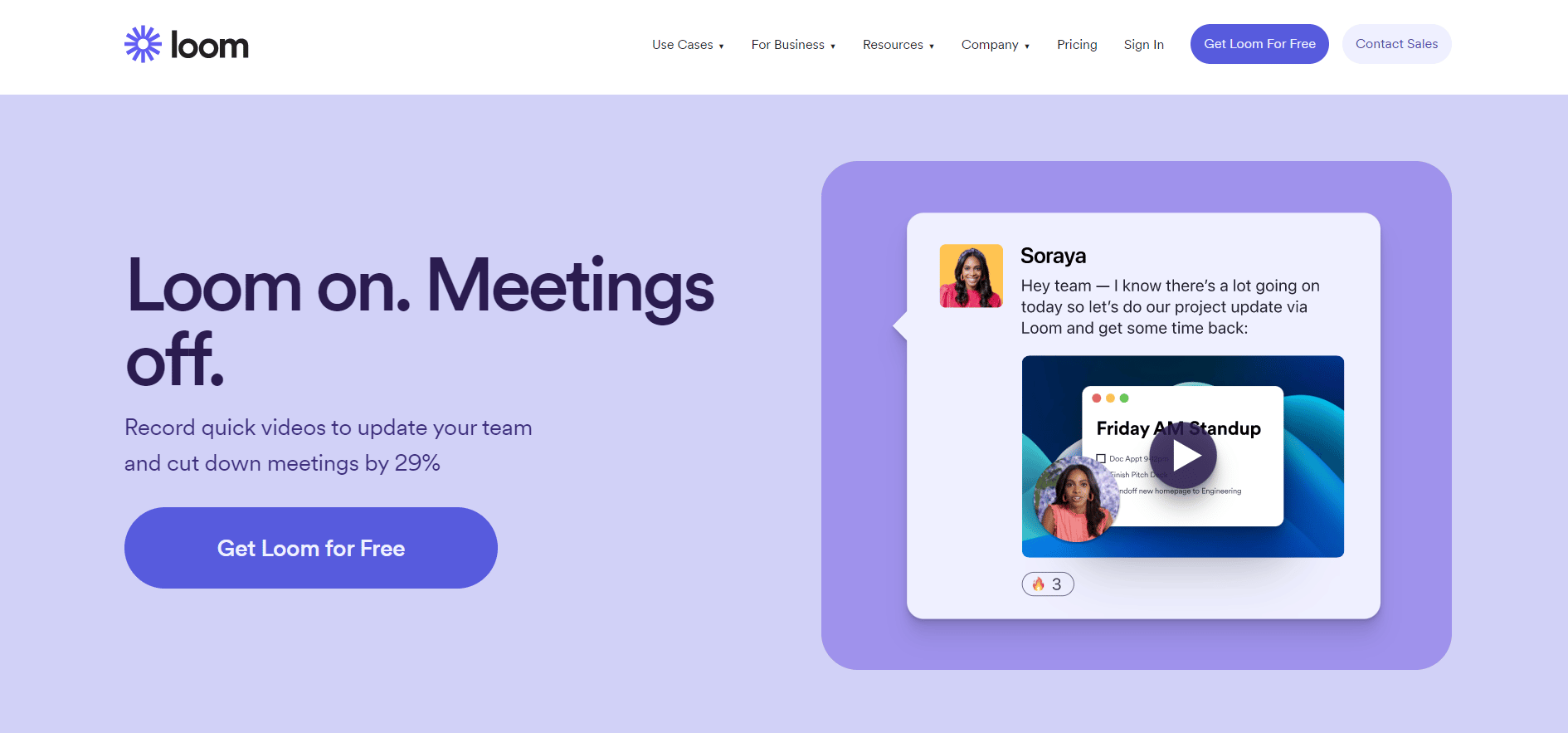
Looking for a tool that helps you record your screen, share your thoughts, and get things done faster? Loom's async video features may be what you need. It is a fantastic tool for making informative content that can be shared and viewed whenever it's convenient for the user.
Loom's user-friendly recording tools make creating professional films a breeze. The platform also includes the following:
It is available in desktop and mobile apps (iOS, Android) and has a chrome browser extension.
4. Google Meet

Did you know that Google Meet was first created as a means for Google's business clients to hold virtual meetings online? Nonetheless, the opportunity just presented itself. Now, Meet is one of the most popular Zoom alternatives. The platform can accommodate meetings with up to 250 people and includes valuable extras like real-time captioning and anti-abuse tools.
And even though it's included in the G suite for $6 per month, it's still free for everyone to use who has a Google account.
Key features:
5. Undock
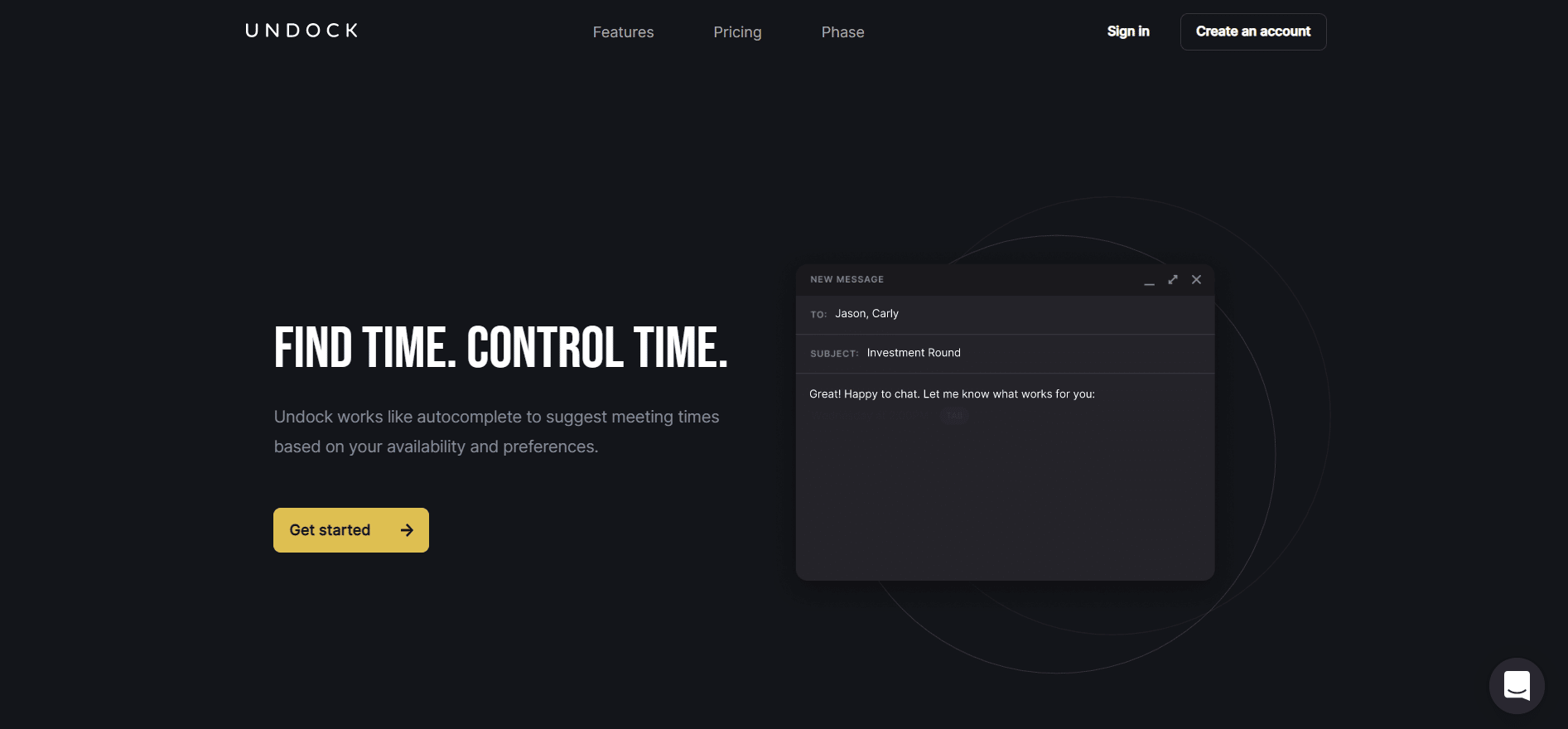
Promising to help users “find time and control time,” think of Undock as an autocomplete function built for scheduling. It will propose times for meetings based on your preferences and availability.
It is the quickest way to set up and manage meetings because it syncs with your calendar from inside your inbox. Thanks to its predictive scheduling technology, you can select a meeting time that works for everyone involved– regardless of location, company, or schedule.
Pro tip: In the privacy settings, you can determine when you want to use it and how much time you can spend on it daily!
6. Notion
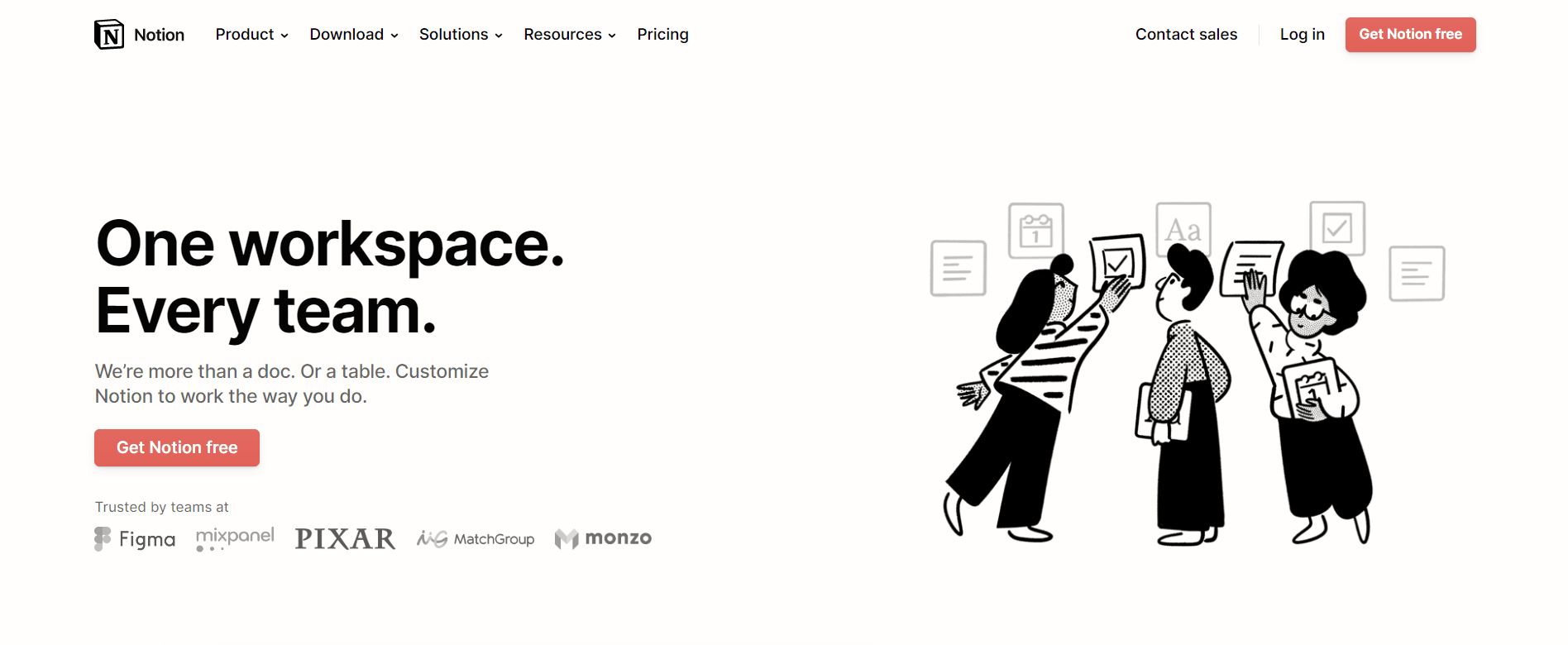
More than just a doc or a table, Notion empowers teams with the freedom to customize and make it work the way they do. There's a good reason why Notion is one of the fastest-growing startups. This tool is beneficial for developing company or project documentation and personal resources.
The platform revolves around a system of blocks, which can be transformed into different formats as your project develops– for example, turning a paragraph of text into its page. You can be up and going in no time with one of the many available free templates, and it's simple to manage assets and make pages that can be rapidly shared via public links or permissions with other editors.
Key features:
7. Coda

Say hello to the evolution of docs! Simple, familiar, but flexible enough to meet the needs of your team. Through Coda, you can combine your written work, quantitative data, and group effort into a single, formidable document.
It features robust database features and a similarly streamlined UI that facilitates rapid document and wiki creation on teams. That’s why it’s considered one of the best Notion substitutes. It is an excellent tool for remote teams who want to focus on data analysis and visualization, as well as its collaborative editing and simple sharing features.
Key features:
8. Slack
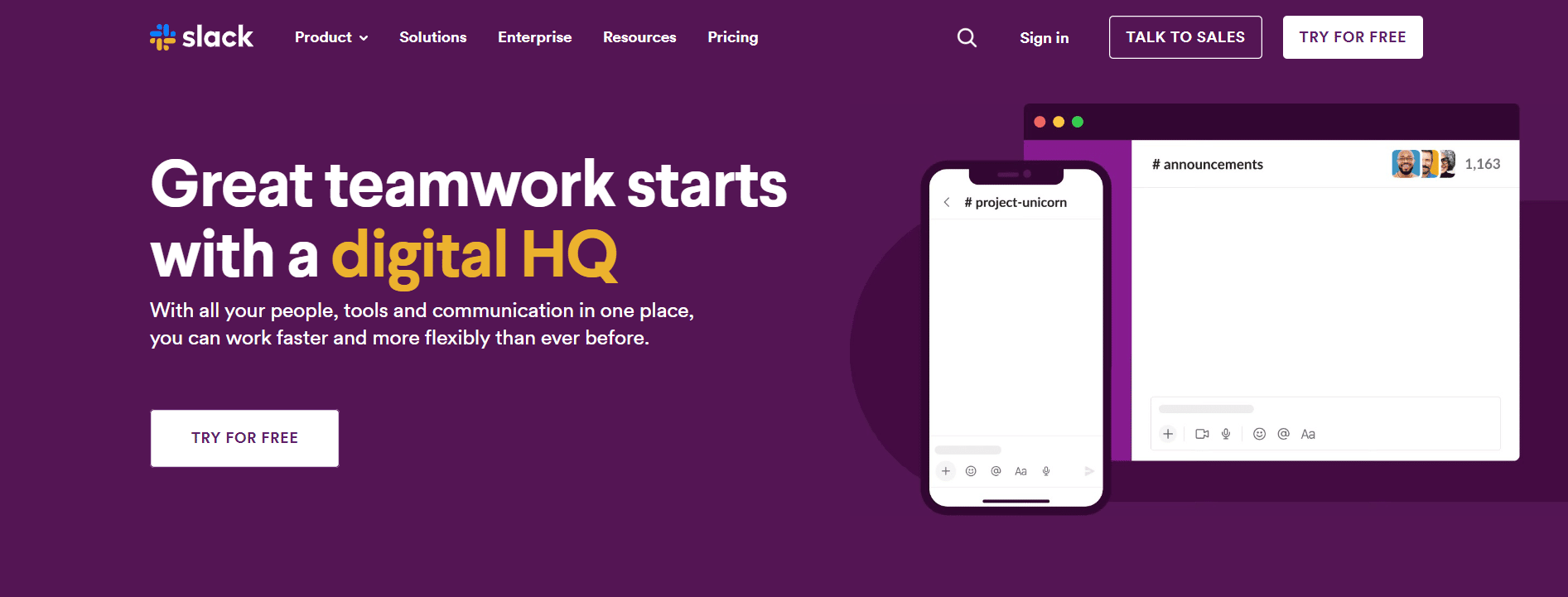
Want to streamline the way you communicate with your team? Slack is a faster, more organized, and more secure way to keep in touch with your team members. This chat application boomed in popularity recently and has become almost vital in most workspaces.
I use Slack to ensure faster and more effective real-time or asynchronous communication through channels that keep you focused and on target. Gone are the delays that often come with email threads!
Key features:
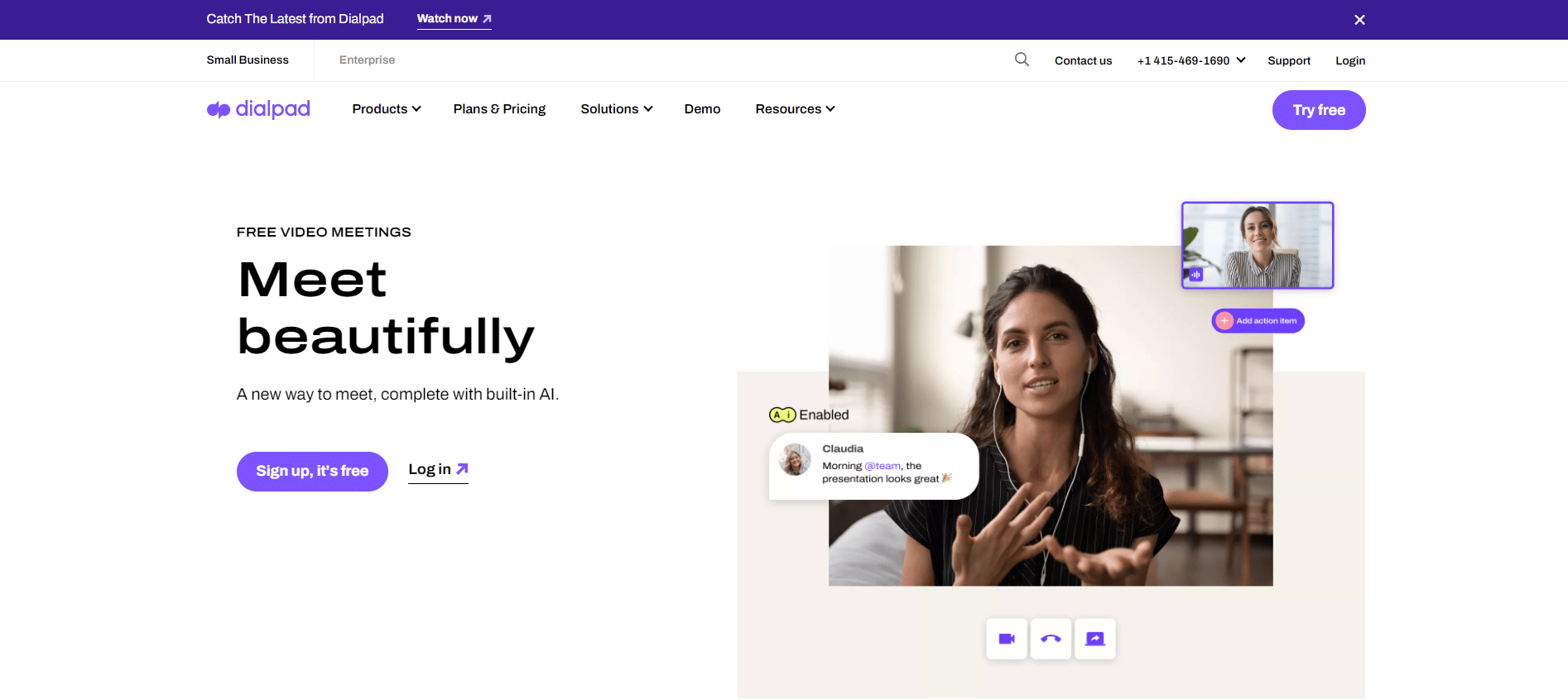
Dialpad Meetings, formerly UberConference, is a high-definition video conferencing tool that facilitates in-person meetings with clients and colleagues from any location.
The 10-person cap on the free edition of Dialpad Meetings makes it a good fit for smaller teams. The free edition only allows for 45 minutes of video calls. Thus it's best used for shorter conferences. This is an excellent video conferencing service for regular meetings like 1-on-1s or monthly team debriefs due to its infinite meeting capacity.
Key features:
10. Talky

Talky is the simplest of these online meeting options since it does not require downloads. The site creates a random room URL you can then send to your group. Those on your team who aren't as comfortable with technology may appreciate that Talky's only capabilities are private rooms and screen sharing.
It is suitable for small virtual meetings or conference calls but limits each room to six users.
11. HyperContext

Looking for a tool to help you add direction to your regular meetings? With HyperContext's collaborative meeting agenda, everyone can easily add their thoughts to the conversation and take notes in their own time. Additionally, this tool can help you make boring talks more engaging by recommending exciting things to ask.
Productivity-wise, it also provides real-time employee feedback and conversational statistics to help your team make the most out of your next meetings.
12. Skype

Before Zoom, there was Skype. Trust me when I say veteran marketers are no strangers to this well-known and valuable free online meeting tool.
Thanks to its in-built voice translator for ten languages, a text translator, and smart compatibility with Amazon's Alexa– Skype helps people stay connected wherever they are in the world. Its free business version allows for group video calls of up to 250 people.
Key features:
13. Meet Butter

With the tagline “virtual collaboration as smooth as butter,” you can count on this platform to help you run highly efficient collaborative sessions!
I know many of my colleagues are trying out this tool for organizing and conducting their online conferences. The platform integrates tools like Miro mind map, Google doc, and its whiteboard– encouraging communication and cooperation among the room's participants. Lastly, the fact you can get started for free (as of writing) is the finest part!
Key features:
